Earth in the widest and smallest sense – from its place in the universe down to its very particles – is the subject of nature photography. But nature photography is the subject of the exhibition On Earth, on view at the Fotomuseum Amsterdam (Foam) until the 2nd of September. It is a thought-provoking cross section of international nature/landscape photography, which sheds light on the way technological developments and growing concern for the environment have shaped the discipline in recent years.
The first thing the exhibition addresses is the way in which nature photography has changed: from the use of cameras to social media, VR and Google Earth, and from documentation to formation of the natural world. That last aspect is crucial. On Earth suggests that the only thing the diverse projects of twenty-seven international artists have in common – apart from their subject – is that they seek to shape an alternative future through imaging techniques. It is an effective premise, and an essential context to consider, as the visitor is confronted with works that supersede the category of ‘photography’, adopt disparate tones, and frequently question the gaze of the viewer. An additional key point is the paradox of technological developments, which are both the cause and the solution of climate change. Artists’ conflicting feelings towards this paradox are evident in the contrasting doomsaying and idealist projects of Anouk Kruithof and Guilllaume Simoneau, among others, who have judiciously been placed next to each other.
On Earth also investigates the function of nature photography in the age of highspeed internet and services such as Google Earth. Nature photographers used to be explorers – what is their role when there is nothing left to explore? One answer is to create new, virtual, landscapes. The artists’ duo of Persijn Broersen & Margit Lukács and photographer Thomas Albdorf manipulate footage of real places to create new landscapes out of existing ones (Broersen and Lukács) or to question our perception of that place (Albdorf). Their work challenges contemporary travel and the way we experience the world: do we only see what we expect to see? Might we as well travel purely through social media posts or is something unique left in our individual perception?
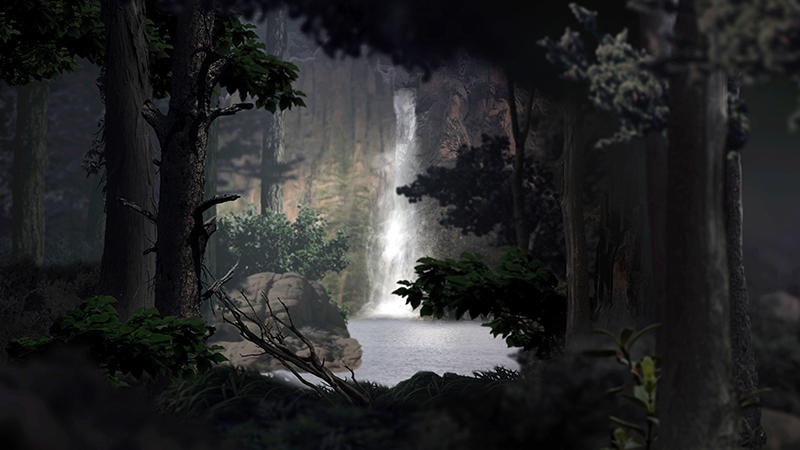
Broersen and Lukács, Framed print of the stage set of the cascade, Mastering Bambi (film, 2010), printed on lambda. Credit: Broersen and Lukács
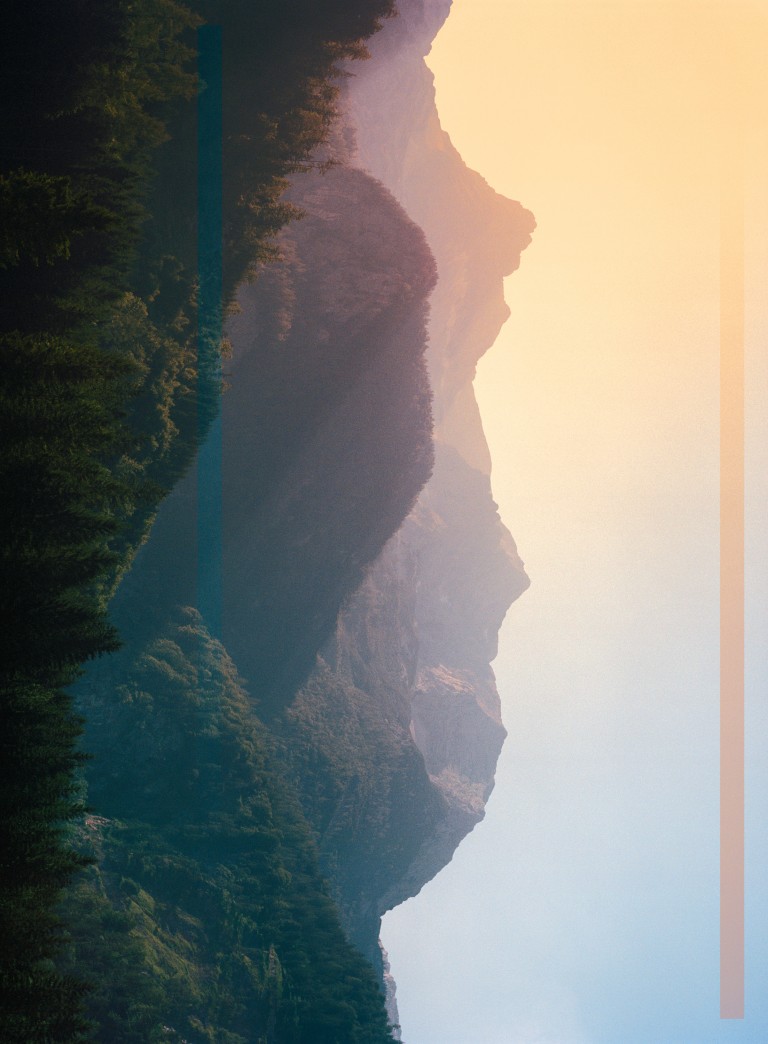
Thomas Albdorf, Approach, pigment print on baryta paper (2015). Credit: Thomas Albdorf 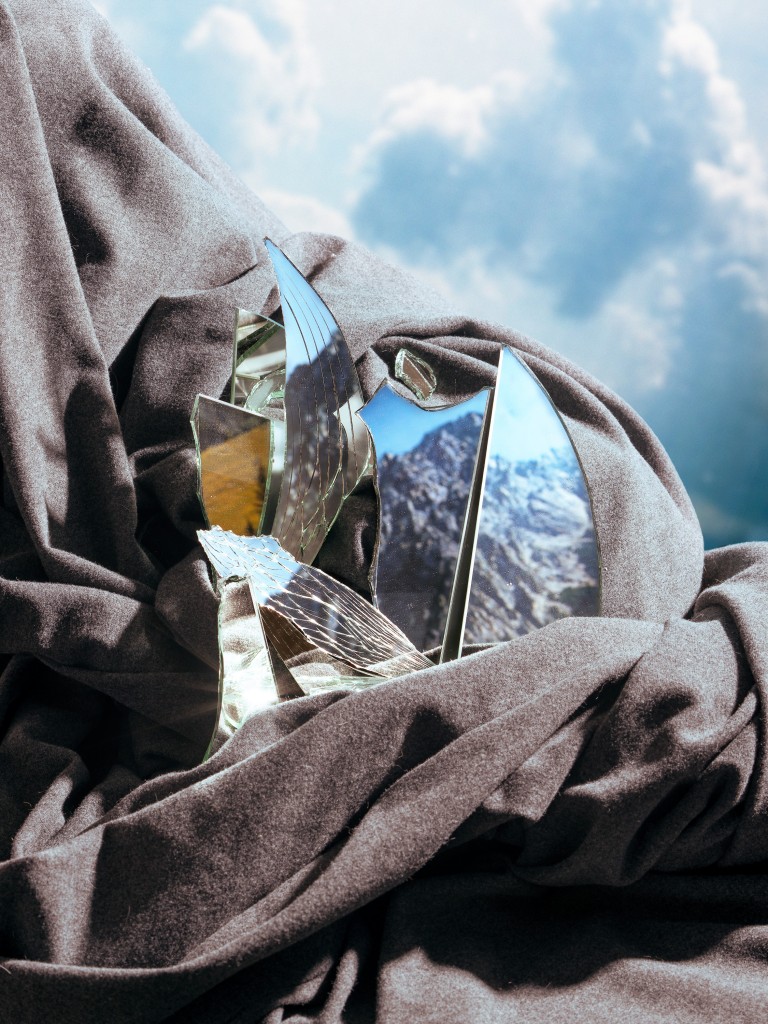
Thomas Albdorf, Untitled (Focus) [1], pigment print on baryta paper (2015). Credit: Thomas Albdorf
Another work which stands out is Mark Dorf’s series of installations titled Transpositions. These sculptural still lives, which recall botanical gardens, can barely be called photography yet they do not look out of place. They present the artists’ vision of the integration of nature, architecture and digital technology and have been cleverly placed next to an installation by Noémie Goudal, in which the viewer looks through a mirror to see projections of filmed nature. This artwork makes a point about how we experience nature through architecture and vice versa, not only in urban environments but in the world at large. Unfortunately, the amount of different works and viewpoints does not allow for much depth or insight into the oeuvre of any one artist. But, to be fair to the curators, that is not the point of the exhibition. Within each room, works have been effectively linked to each other and to the argument of the exhibition via thematic descriptions, which encourages cross-sectional comparison and allows the show to remain surprising throughout.
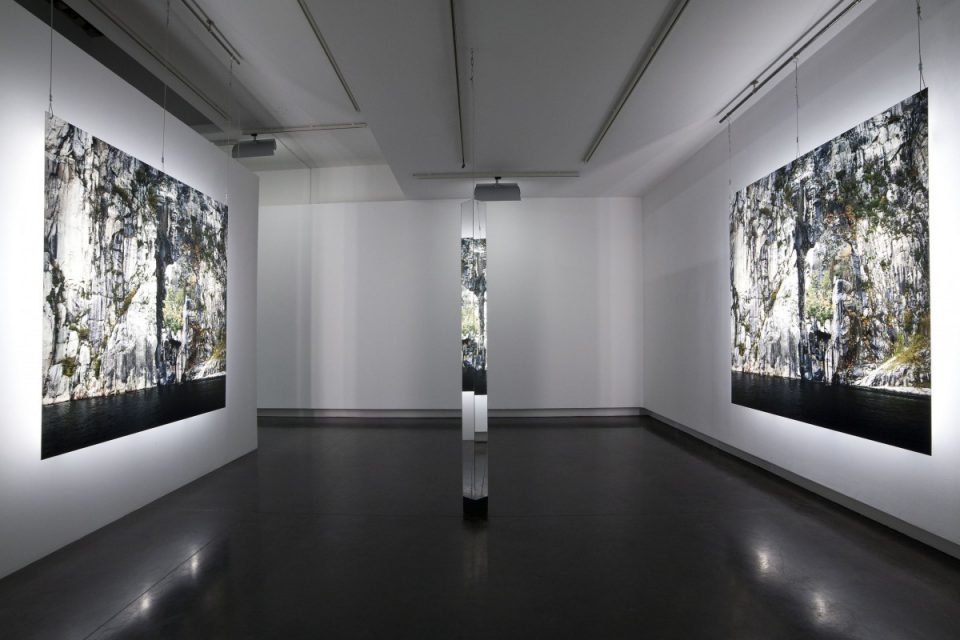
Noémie Goudal, gallery view of Study on Perspective II (2016). Credit: Noémie Goudal 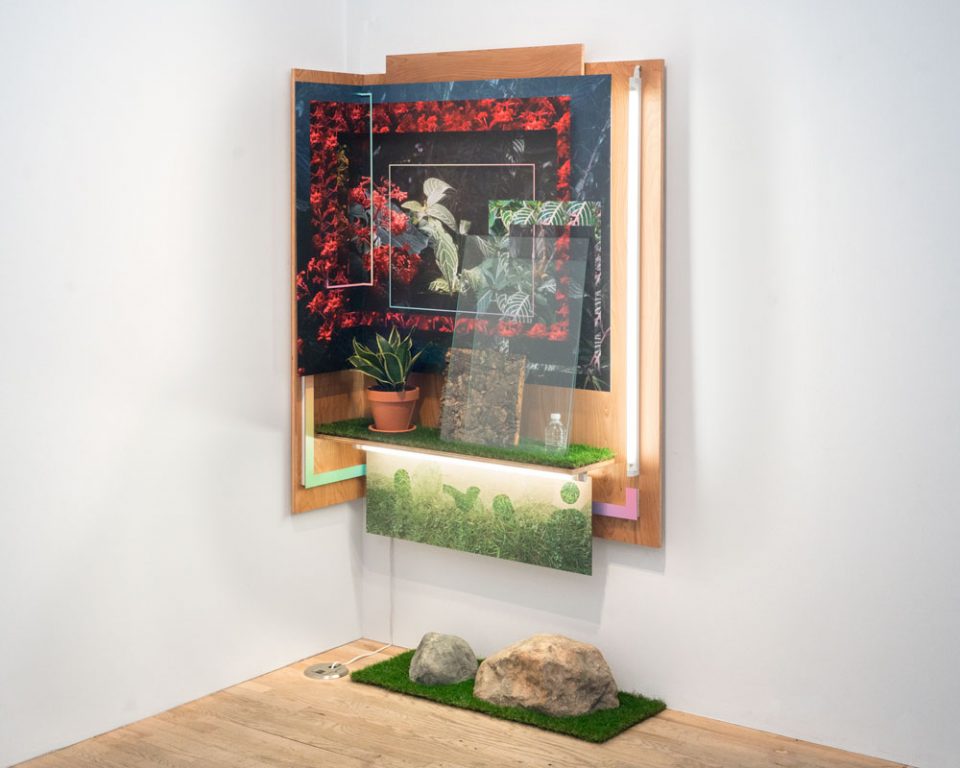
Mark Dorf, Transpositions series, Landscape 15 (2017). Credit: Mark Dorf 
Mark Dorf, Transpositions series, Landscape 14 (2017). Credit: Mark Dorf
This is what an exhibition can and should be in 2020. This exhibition feels very relevant, especially in the context of the increasing urgency of climate activism and the escalation of its language (from climate change to climate crisis). But more than that, this exhibition is self-reflective, intersectional, interdisciplinary. It embraces the fact that ‘landscape photography’ is no longer just a documentative, passive discipline but occupies a multiplicity of spaces, and that photographers are no longer just whistle blowers, but active participants: actors, artists and activists.
Ultimately, and despite the urgency of the subject of most of these works, the feeling you walk away with is that everything will be all right as long as we keep moving forward. That is the philosophy of a video-project by Guido van der Werve, who filmed himself walking in front of an enormous icebreaker which threatens to catch up to him if he does not keep moving. But the same can be said of societal change and the relationship between humans and nature, as documented (and increasingly as imagined) by nature photographers.
On Earth – Imaging, Technology and the Natural World, Foam
20.03.20 until 02.09.20
https://www.foam.org/museum/programme/on-earth-imaging-technology-and-the-natural-world